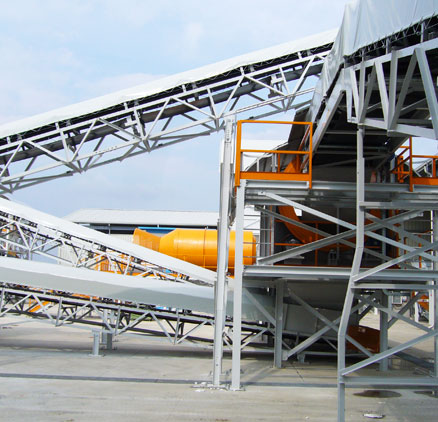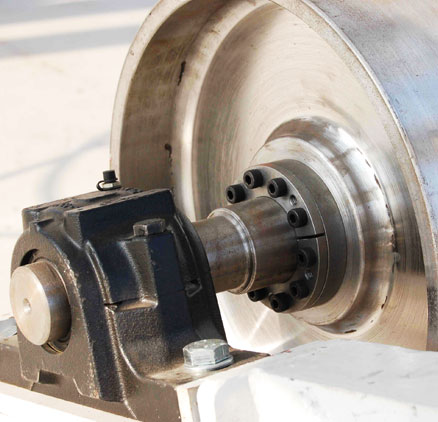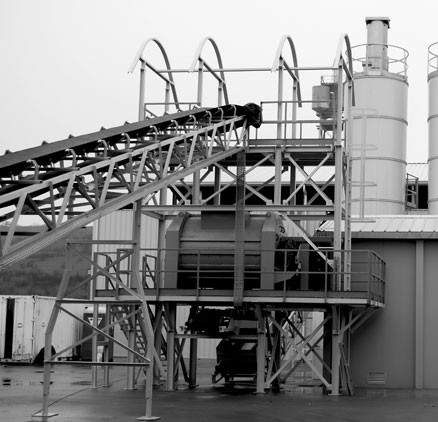Slat Conveyor Belts
Rubber conveyor belts are an essential element in the handling and transportation of various materials
Rubber conveyor belts are an essential element in paper mills for the handling and transportation of various materials, including pulp, recycled paper, finished products and other materials. The use of rubber conveyor belts in paper mills is essential to optimize workflow, improve safety and reduce operating costs. Choosing the right belt, along with regular maintenance, can significantly impact the productivity and efficiency of a paper manufacturing plant.
Types of Rubber Conveyor Belts
Belts are made from various types of rubber, depending on the specific needs of the application.
The type of rubber conveyor belt is chosen for its resistance and durability.
They must be flexible enough to follow the complex paths of the conveyor systems.
Types of Rubber Conveyor Belts
Smooth Belts:
Used for bulk materials and general conveyance.
Surface Texture Belts:
Have surfaces with profiles to improve traction and reduce the risk of slipping of the material.
High Temperature Resistant Belts:
Used in applications where the conveyed materials are hot.
Oil Resistant Belts:
greases that could damage normal belts.
Rubber belt conveyors automate the transport of materials, increasing production efficiency and reducing the need for manual intervention. Automating conveying reduces the risk of workplace accidents, improving operator safety. They can be used for a wide range of materials and processes, making them suitable for different stages of paper production. Although they require regular maintenance, rubber belts are relatively easy to maintain and repair, reducing downtime.
For care and maintenance it is necessary to remove debris and accumulated materials to prevent wear and improve the life of the belt, ensure that the belt is correctly tensioned to avoid stretching or breaking, regularly check for cracks, cuts or damage that could compromise the integrity of the belt.







